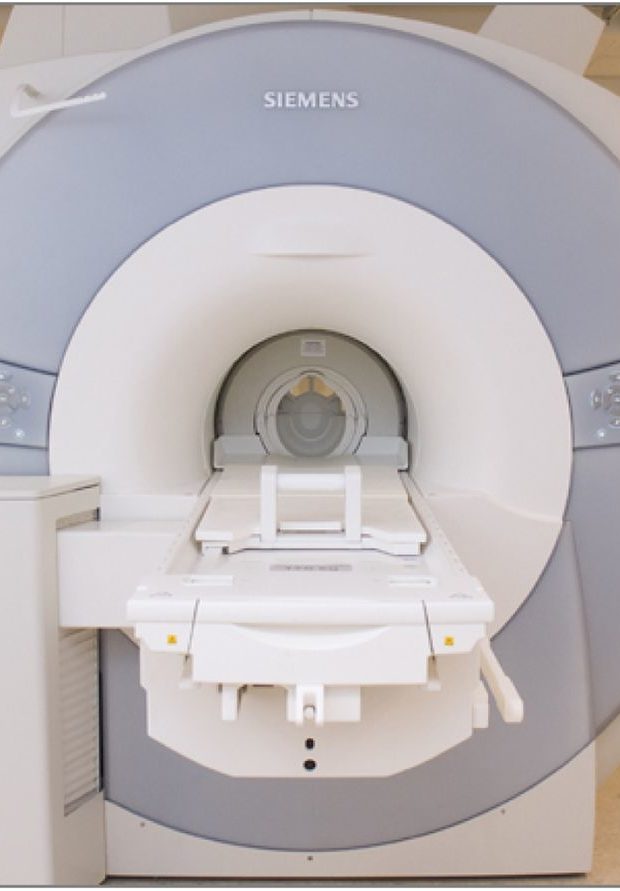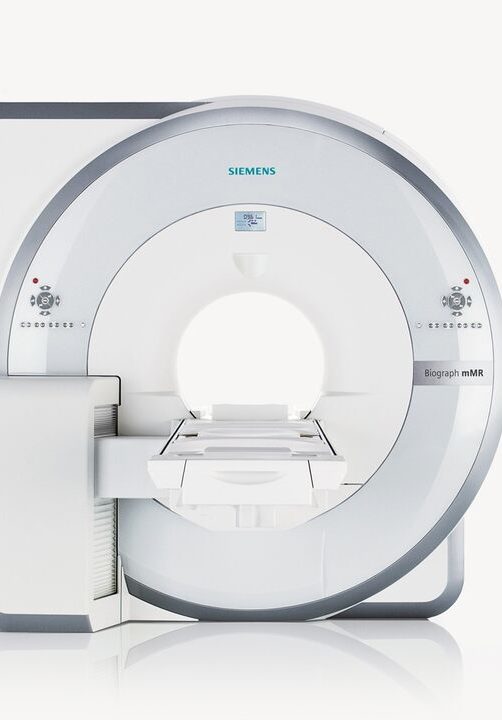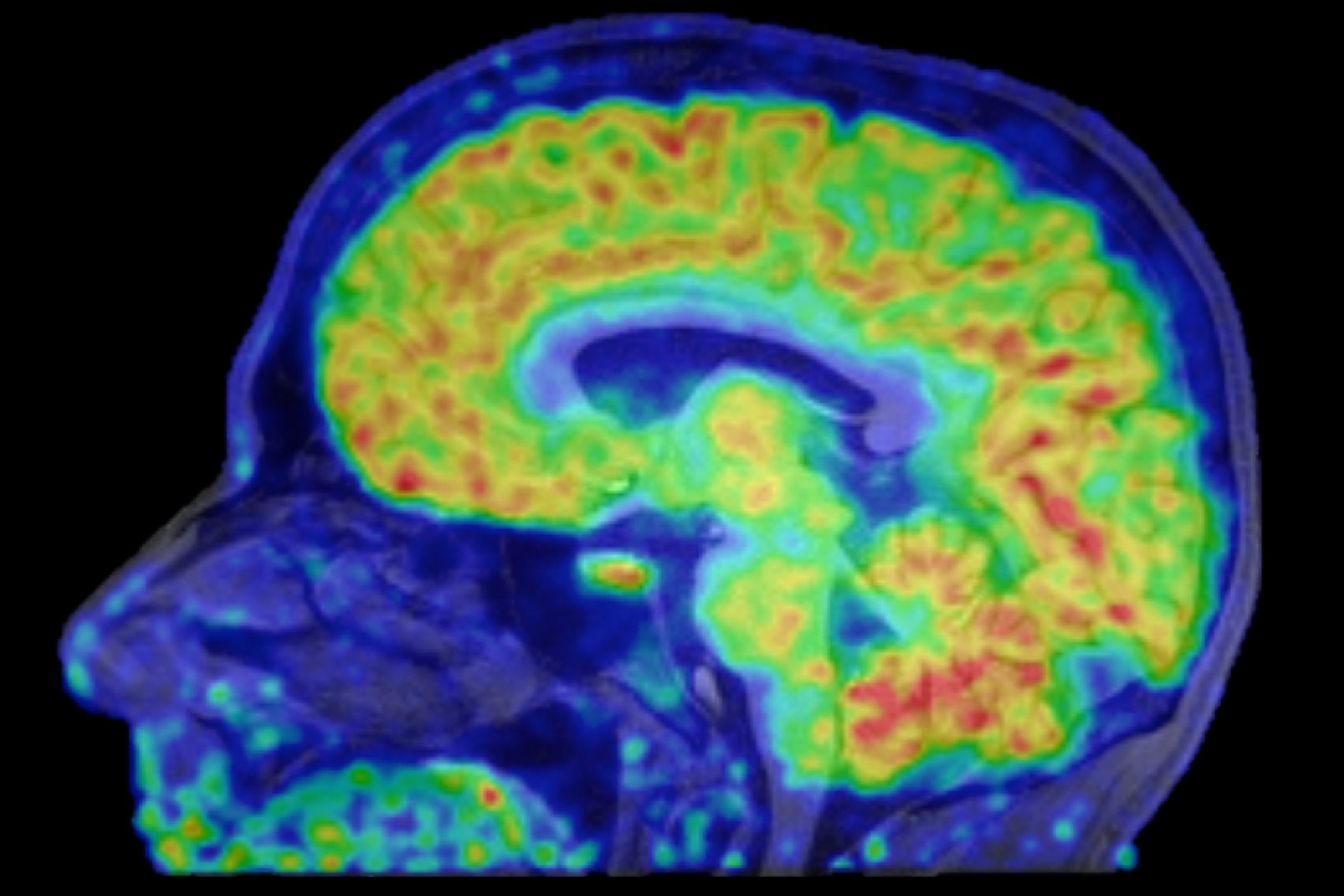Simultanous PET/MR Imaging
We develop and apply state-of-the-art neuroimaging techniques to study brain function.


A few things we’re interested in investigating
Our lab conducts highly translational imaging research ranging from preclinical experiments, first-in-human studies, and clinical applications.

Brain Function

Pharmacology

Connectivity
Projects

Neuroreceptor Mapping
We are interested in investigating neuroreceptor systems in responses to behavioral and/or pharmacological challenges in health and diseases, with an emphasis on applied substance abuse and psychiatric disorders. We are developing PET/fMRI methods to quantify:
* Agonist-induced recptor trafficking, and
* Receptor systems interaction
Funding: NIDA K99/R00 and R21
Neuroepigenetics with [11C]Martinostat PET/MRI
These studies will use a newly developed PET radiotracer, [11C]Martinostat, to quantify the distribution and availability of an epigenetic protein (HDACs) in the brain of chronic low back pain (cLBP) patients
1) with and without taking prescription opioids, and
2) with different subtypes of low back pain.
Funding: NIDA R61/R33 and NIAMS UH2/UH3


Dopamine-Adenosine Receptors Interactions – potential therapeutic target for psychiatric disorders
Preclinical evidence indicates that adenosine modulates dopaminergic neurotransmission by forming adenosine 2A receptor – dopamine D2 receptor heterodimers offering a potential therapeutic target for dopamine-related disorders, such as schizophrenia. This project aims to quantitatively measure adenosine-dopamine interactions in vivo using pharmacological challenges in nonhuman primates and behavioral tasks in human subjects with PET/MRI.
LEARN MOREOther projects in progress
FLEXIBLE CODE
Interplay between sleep, caffeine, and depression
Sleep deprivation exerts an effective but transient antidepressant effect. The unclear mechanism underlying SD’s antidepressant effect presents a significant challenge to optimizing treatment strategies. This project will explore the impact of SD, alone and combined with caffeine, on dopamine synthesis and its influence on key neurocognitive functions associated with depression, including anhedonia, motivation, and brain responses to rewards.
FLEXIBLE CODE
Synergistic analgesia of MOR and CB1R
Given the opioid crisis, alternative strategies for managing chronic pain are critically needed. Preclinical research indicates that combining mu-opioid and cannabinoid agonists may reduce opioid dosage while maintaining effective pain relief, though the underlying mechanisms remain unclear. This study aims to investigate these receptor interactions using pharmacological PET/MRI and behavioral pain assays in nonhuman primates with the long-term goal of optimizing dual-agonist pain management strategies for safer, more effective treatments
FLEXIBLE CODE
Acute and Sustained Effects of Psychedelic Administration
Psilocybin, a classical serotonergic psychedelic, is a potent hallucinogen that has shown promise in supporting substance use cessation. However, the precise mechanisms by which psilocybin interacts with the 5-HT2AR system, modulates neurovascular coupling, and influences brain circuits involved in addiction remain largely unknown. To address these gaps, we will utilize a combination of PET, MRI, and pharmacokinetic techniques to investigate how psilocybin modulates receptor activity and neural pathways in nonhuman primates following both acute and repeated administrations.
FLEXIBLE CODE
In Utero PET imaging for maternal-fetal health
Can exposure to substances during pregnancy permanently shape a child’s brain for life? Every day, thousands of expectant mothers face difficult choices about medications and substances that could affect their unborn children’s futures – yet doctors must make treatment decisions without seeing how these substances actually influence fetal brain development. We are revolutionizing this field with breakthrough imaging technology that, for the first time, creates a window into the hidden world of the developing brain. Using advanced in-utero PET imaging, we can watch in real-time how substances transfer from mother to child and influence crucial developmental processes. Our innovative platform is beginning to provide insights through carefully designed animal studies. With rapid advances in imaging technology and artificial intelligence, we are building a clear path to safe human applications that could impact millions of pregnancies worldwide.
Collaborators
Neuroepigenetics and neuroreceptor mapping

Jacob Hooker, PhD
Professor
PET kinetic modeling

Julie Price, PhD
Professor
PET/MRI hardware and software

Ciprian Catana, MD, PhD
Associate Professor
Novel PET tracer development

Changning Wang, PhD
Assistant Professor
Pain neuroimaging

Marco Loggia, PhD
Associate Professor
Neuroepigenetics and neruoimaging

Nicole Zurcher, PhD
Assistant Professor
Neuropharmacology and neuroreceptor mapping

Michael Placzek, PhD
Assistant Professor